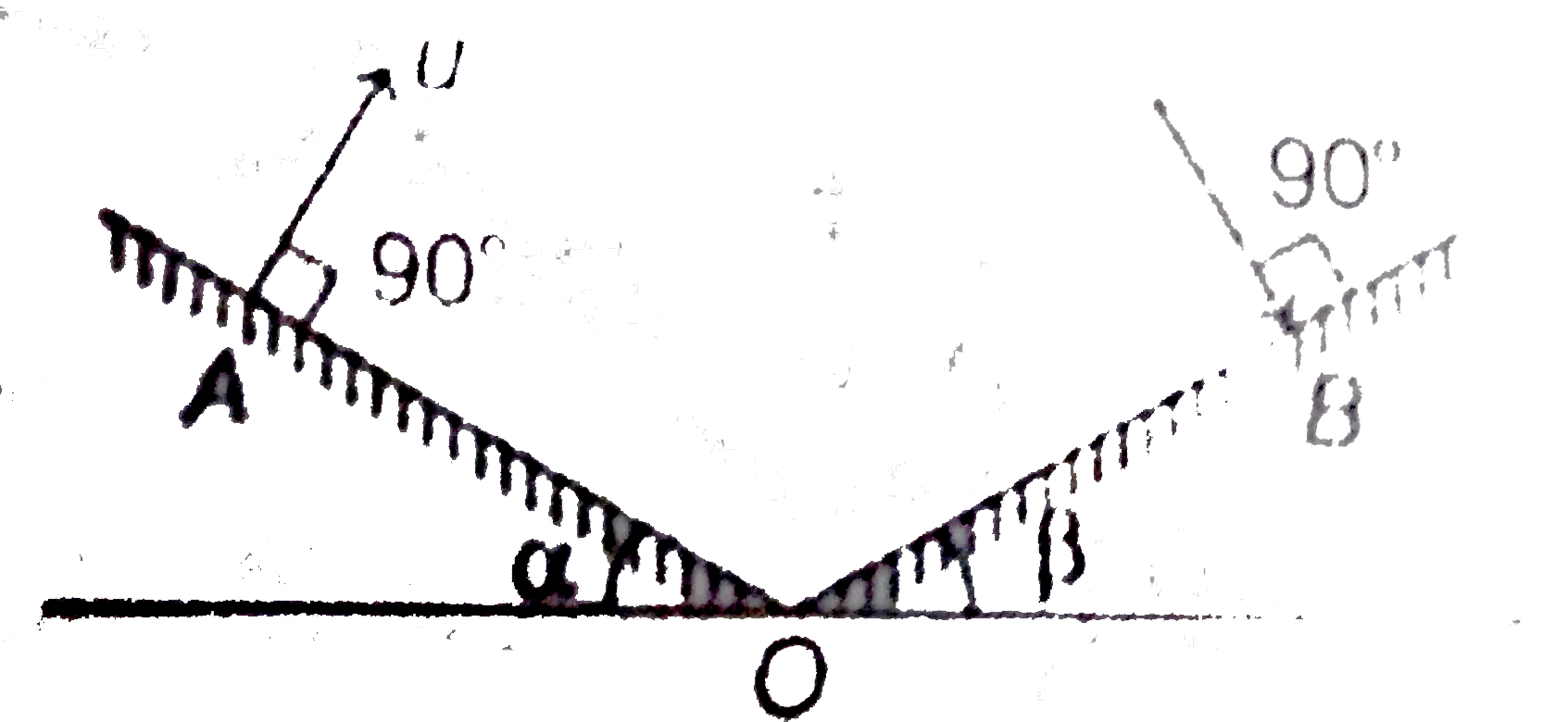Two points A and B in a plane are related if OA = OB, where O is a fixed point. This relation is
partial order relation
equivalence relation
reflexive but not symmetric
reflexive but not transitive
The correct Answer is:B
To determine the nature of the relation defined by the condition OA=OB where O is a fixed point in the plane, we will analyze the relation based on the properties of reflexivity, symmetry, and transitivity.
1. Understanding the Relation:
- We have two points A and B in a plane.
- The relation states that OA=OB, meaning the distance from point O to point A is equal to the distance from point O to point B.
2. Checking Reflexivity:
- A relation is reflexive if every element is related to itself.
- Here, we check if A is related to A:
OA=OA
- This is always true since the distance from O to A is equal to itself.
- Conclusion: The relation is reflexive.
3. Checking Symmetry:
- A relation is symmetric if whenever A is related to B, then B is also related to A.
- Given OA=OB, we need to check if OB=OA:
OA=OB⟹OB=OA
- This is also true because equality is symmetric.
- Conclusion: The relation is symmetric.
4. Checking Transitivity:
- A relation is transitive if whenever A is related to B and B is related to C, then A is related to C.
- Assume OA=OB and OB=OC. We need to show OA=OC:
OA=OBandOB=OC⟹OA=OC
- This follows from the transitive property of equality.
- Conclusion: The relation is transitive.
5. Final Conclusion:
- Since the relation satisfies reflexivity, symmetry, and transitivity, it is classified as an equivalence relation.
Final Answer:
The relation defined by OA=OB is an equivalence relation.
- We have two points A and B in a plane.
- The relation states that OA=OB, meaning the distance from point O to point A is equal to the distance from point O to point B.
- A relation is reflexive if every element is related to itself.
- Here, we check if A is related to A:
OA=OA
- This is always true since the distance from O to A is equal to itself.
- Conclusion: The relation is reflexive.
- A relation is symmetric if whenever A is related to B, then B is also related to A.
- Given OA=OB, we need to check if OB=OA:
OA=OB⟹OB=OA
- This is also true because equality is symmetric.
- Conclusion: The relation is symmetric.
- A relation is transitive if whenever A is related to B and B is related to C, then A is related to C.
- Assume OA=OB and OB=OC. We need to show OA=OC:
OA=OBandOB=OC⟹OA=OC
- This follows from the transitive property of equality.
- Conclusion: The relation is transitive.
- Since the relation satisfies reflexivity, symmetry, and transitivity, it is classified as an equivalence relation.
The relation defined by OA=OB is an equivalence relation.
Topper's Solved these Questions
- CONCEPTS OF SET THEORY BOOK - ML KHANNACHAPTER - CONCEPTS OF SET THEORY EXERCISE - Problem Set (3) (FUNCTIONS AND MAPPING)
39 Videos
- CONCEPTS OF SET THEORY BOOK - ML KHANNACHAPTER - CONCEPTS OF SET THEORY EXERCISE - Self Assessment Test
13 Videos
- CONCEPTS OF SET THEORY BOOK - ML KHANNACHAPTER - CONCEPTS OF SET THEORY EXERCISE - Problem Set (1)
72 Videos
- COMPLEX NUMBERS BOOK - ML KHANNACHAPTER - COMPLEX NUMBERS EXERCISE - Assertion / Reason
2 Videos
- CORRELATION AND REGRESSION BOOK - ML KHANNACHAPTER - CORRELATION AND REGRESSION EXERCISE - SELF ASSESSMENT TEST
10 Videos
Similar Questions
Knowledge Check
Points A(a) and B (b) are on xy=1, Circles with OA and OB as diameter, where O is the origin are drawn to intersect at p , then OP intersects the curve at
A(1√ab,√ab)B(−1√ab,−√ab)C(√ab,1√ab)Dall of theseTwo inclined planes OA and OB of inclinations α and β equal to 30∘ are as shown in the figure. A particle is projected at an angle of 90∘ with plane OA from point A and it strikes the plane OB at point B normally. Then find the speed of projection u in m/s.
(Given that OA=OB=20cm and g=10m/s2)
 A2B5C4D6
A2B5C4D6The tangent at an extremity (in the first quadrant) of latus rectum of the hyperbola x24−y25=1 meets x-axis and y- axis at A and B respectively. Then (OA)2−(OB)2, where O is the origin, equal to
A−209B169C4D−43
Let O be the origin. We define a relation between two points P and Q in a plane if OP=OQ . Show that the relation, so defined is an equivalence relation.
View SolutionA point moves in a plane so that its distances PA and PB from two fixed points A and B in the plane satisfy the relation PA−PB=k(k≠0), then the locus of P, is
View SolutionOn the set of all points in a plane, the relation defined by the phrase 'at the same distance from the origin' is an equivalence relation.
View SolutionLet A be the set of all points in a plane. LetR be a relation in A such that for any two points aandb,aRb⇔b is within two centimeters from a.
View SolutionIf A≡(p,q,r) and B≡(p′,q′,r′) are two points on the line λx=μy=vz and OA=a,OB=b where O is origin then the value of (pp′+qq′+rr′) is equal to
View Solution